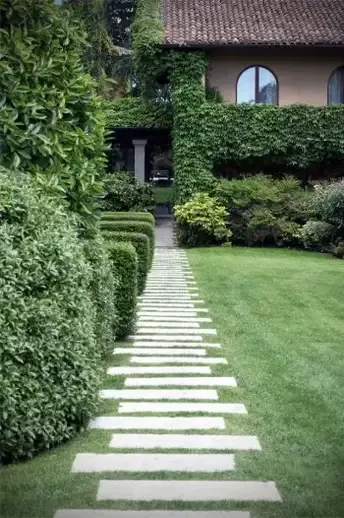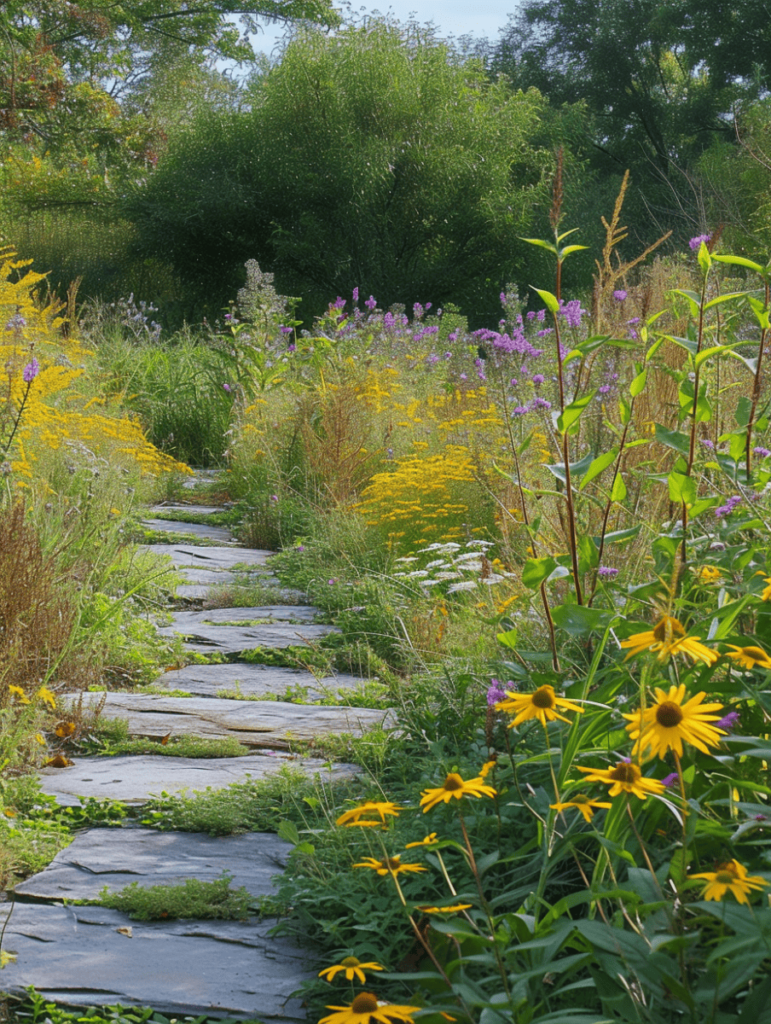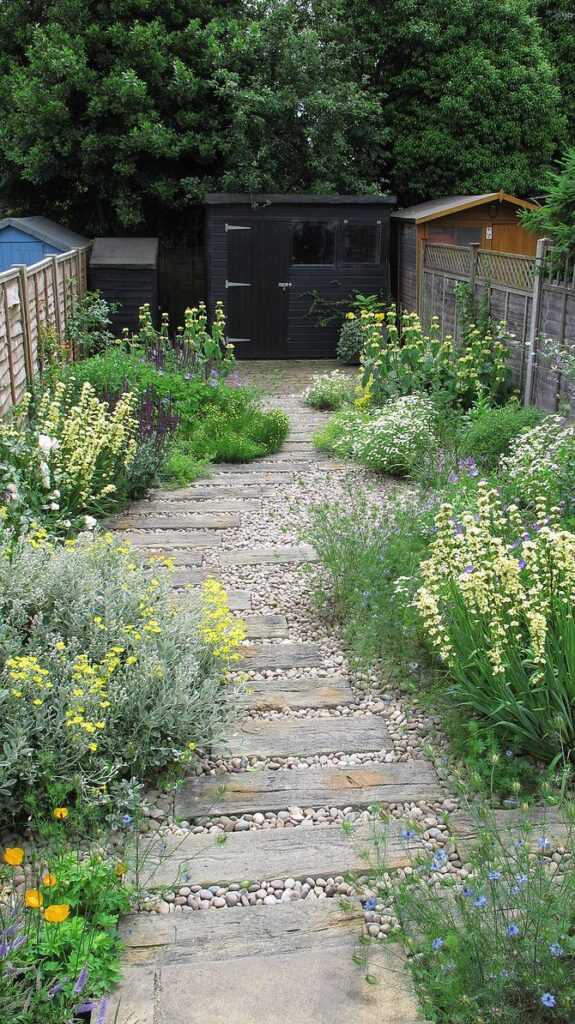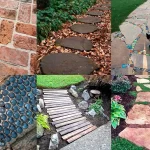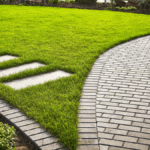Garden paths play a crucial role in landscaping, not just as functional walkways but also as design elements that add beauty and character to outdoor spaces. One of the most popular types of garden paths is the traditional paved path, which can be made from materials like stone, brick, or concrete. These paths are durable and easy to maintain, making them a practical choice for any garden.
Another popular option for garden paths is gravel paths, which are both cost-effective and versatile. Gravel paths can be easily customized to suit any garden style, from rustic and naturalistic to formal and structured. They also provide good drainage, preventing water from pooling and causing damage to plants and soil.
For a more natural and organic look, consider creating a garden path using stepping stones. This type of path is especially well-suited for informal gardens or backyard pathways. Stepping stones can be made from a variety of materials, such as flagstone, slate, or even wood. They can be arranged in a random pattern or in a more structured design, depending on the overall aesthetic of the garden.
If you want to create a sense of mystery and intrigue in your garden, consider installing a winding or curved path. These paths lead visitors on a journey through the garden, allowing them to discover hidden corners and surprise vistas along the way. Winding paths can be made from any material, but are particularly effective when lined with lush foliage or colorful flowers.
For a more contemporary and minimalist look, consider creating a garden path using concrete pavers. These sleek and modern paths offer a clean and simple design that complements a wide range of garden styles. Concrete pavers can be arranged in various patterns and colors, allowing for endless design possibilities.
No matter what type of garden path you choose, it’s important to consider the overall design and layout of your garden when planning the path. The path should complement the existing elements of the garden, such as plants, structures, and hardscaping features. With careful consideration and creative thinking, you can create a garden path that not only serves a practical purpose but also enhances the beauty and charm of your outdoor space.
